Active Science Experiments Posts


How To: Instant Ice! How to Waterbend in Real Life
In one of my previous articles, I showed off how to make water freeze into ice instantaneously. In this article, I'd like to elaborate on this, and show how a glass of water can turn to ice instantly on command. What exactly is this supernatural power? Discover the secrets to ice-bending—in real life.
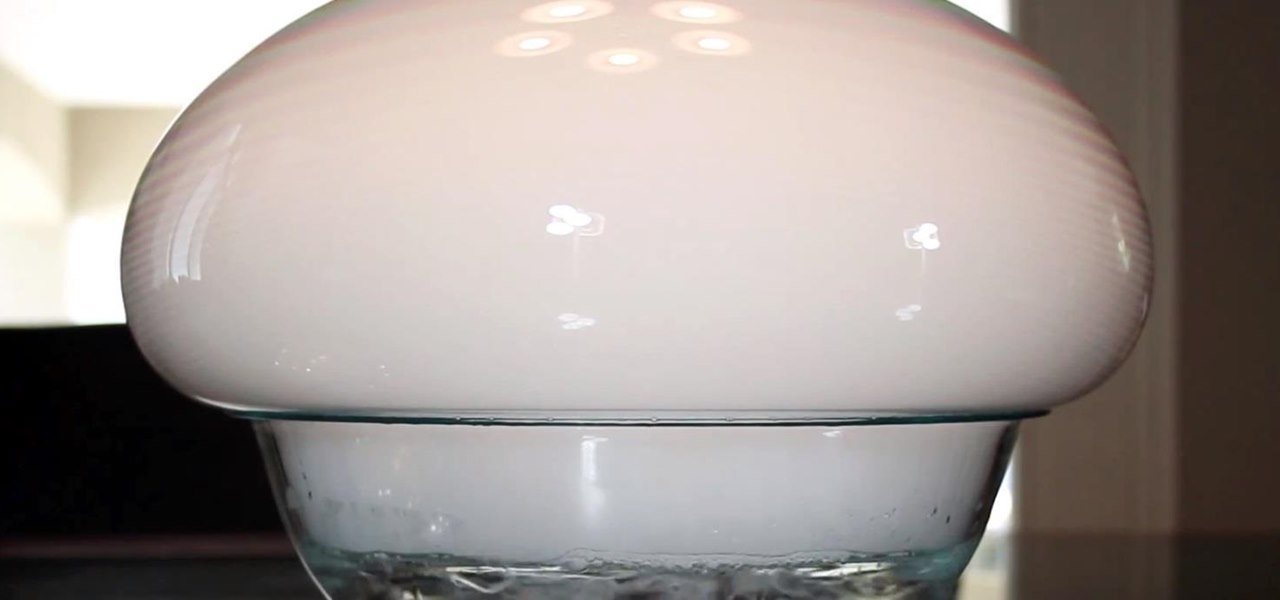
How To: Make a Monster Dry Ice Bubble
Sure it's been done before, but it never gets old. There's something magical about dry ice, bubbles, and especially the result you see when they're combined!
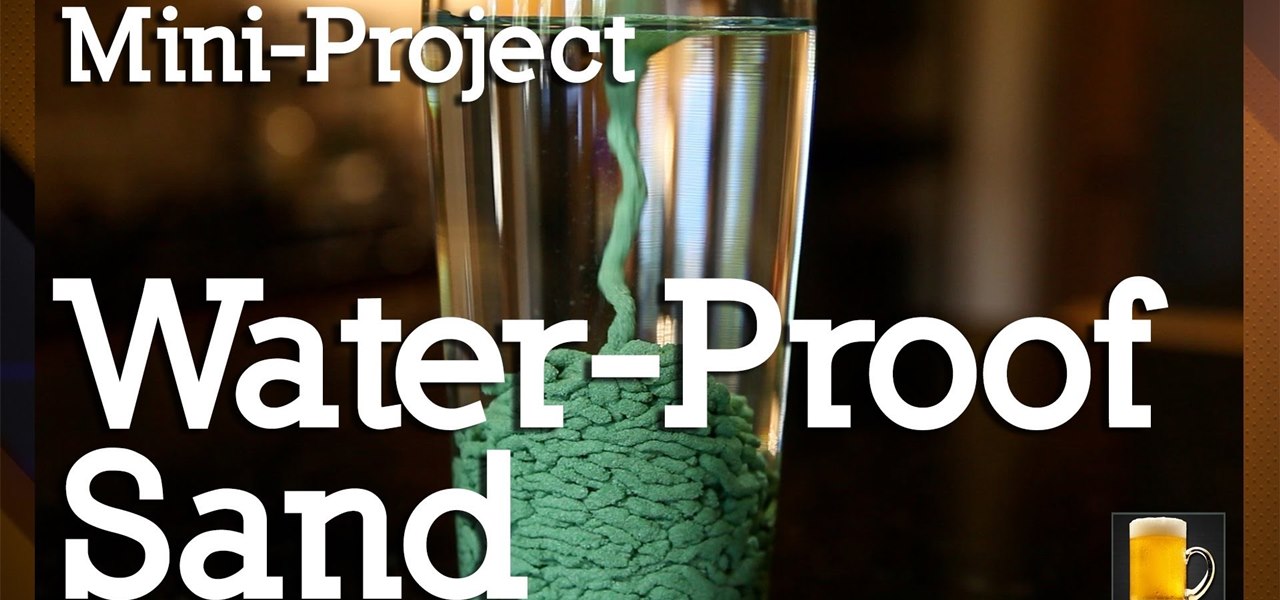
How To: Make Magic Sand
Video: .
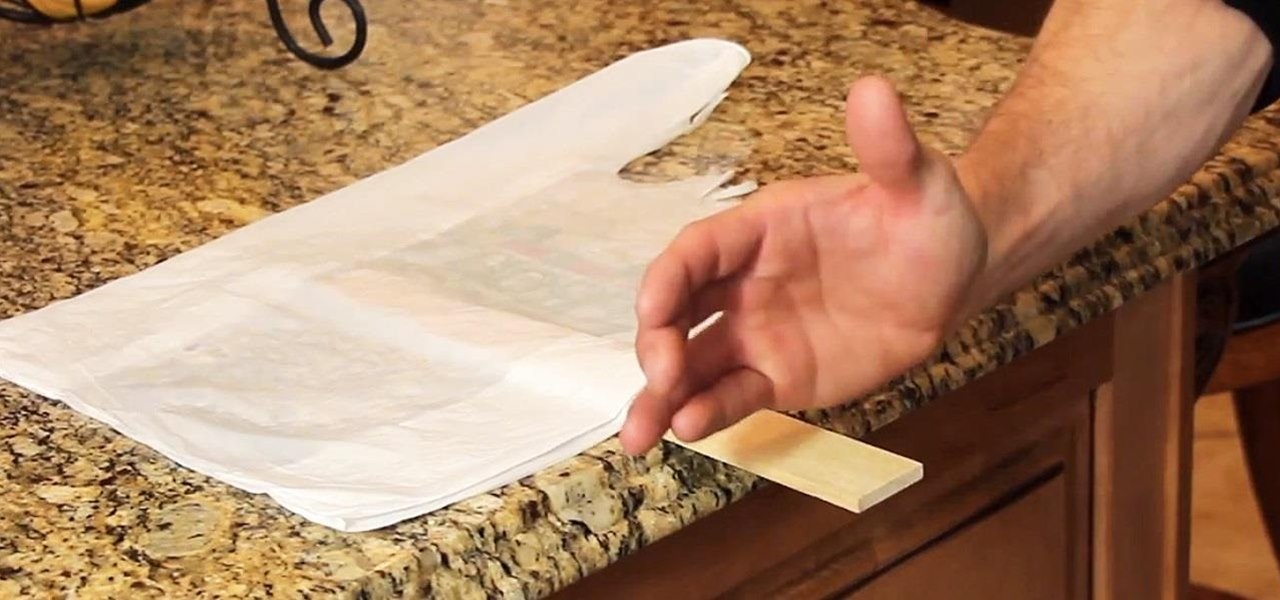
How To: Karate Chop a Paint Stick with Help from Air Pressure and a Plastic Bag
How heavy is a plastic bag? Not very heavy at all, but in order to use a plastic bag to help me karate chop a thin wooden stick, I don't need weight—I need air pressure. Below, the "Quick Clip" demonstrates the power of air pressure via the vacuum created between a plastic bag and the countertop.
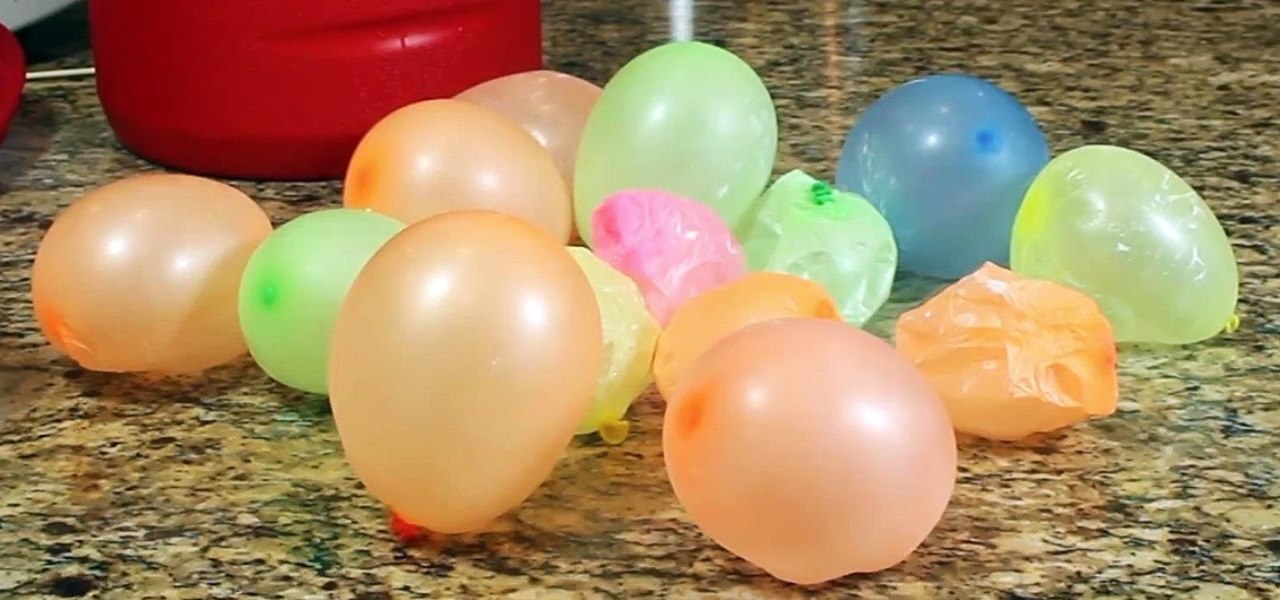
How To: Deflate and Reinflate Balloons Using Liquid Nitrogen
In this "Quick Clip," I tried dunking inflated balloons into a container filled with liquid nitrogen until they were completely flattened and seemingly destroyed. Once out of the liquid nitrogen, the balloons come back to life and reinflate on their own—without even touching them!
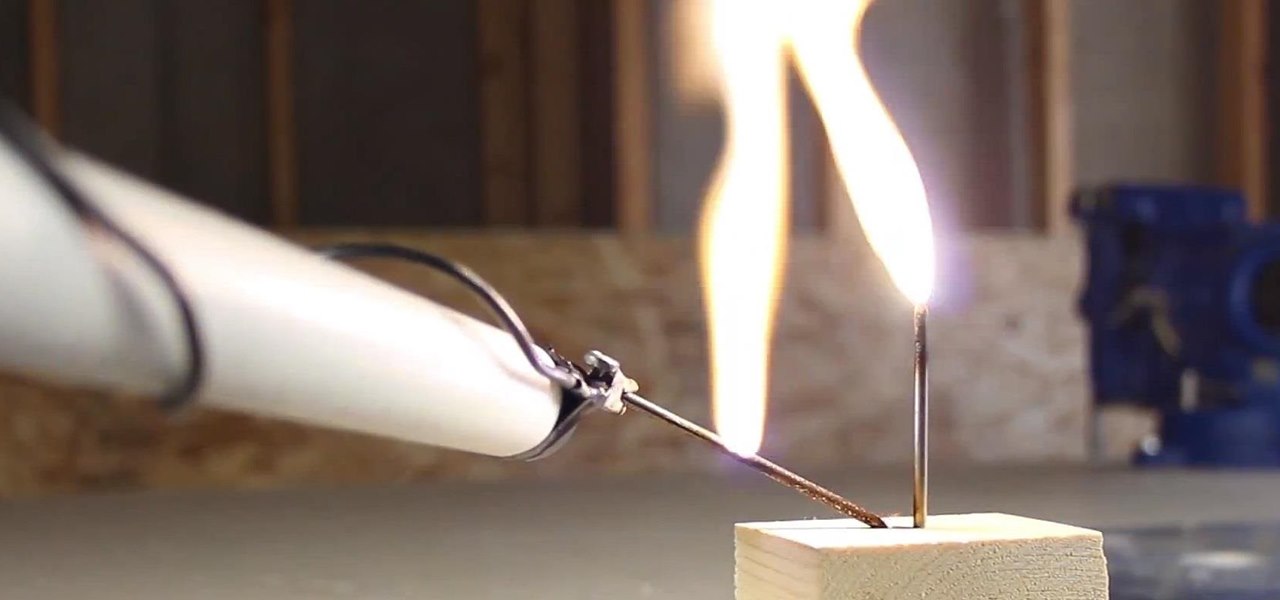
How To: Make an Electric Firebolt
A lot of my hacks use salvaged parts from an old microwave, with the microwave oven transformer (MOT) being the most useful component.
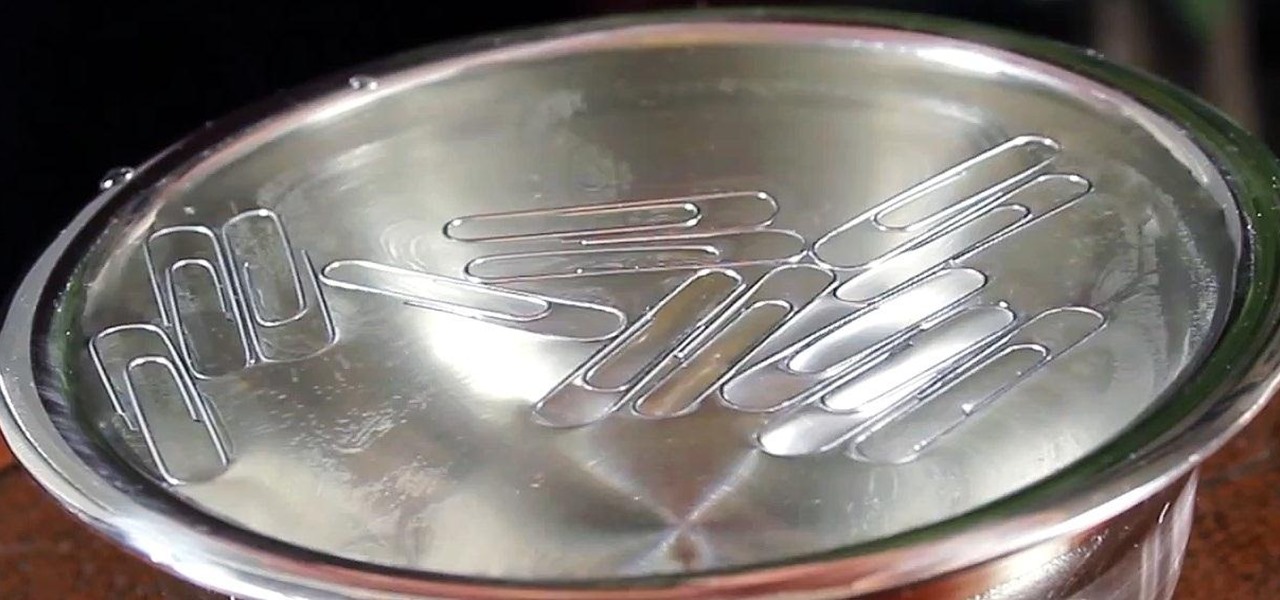
How To: Make a Paperclip Float on Water
This quick video demonstrates the classic experiment of making a paperclip, or multiple paperclips, float on water.

How To: Make a Quarter Scream and Shiver
This science experiment deals with sublimation of dry ice into carbon dioxide (CO2) gas. In the video, I'll demonstrate how pushing a quarter into a block of dry ice makes the quarter scream and shake vigorously.
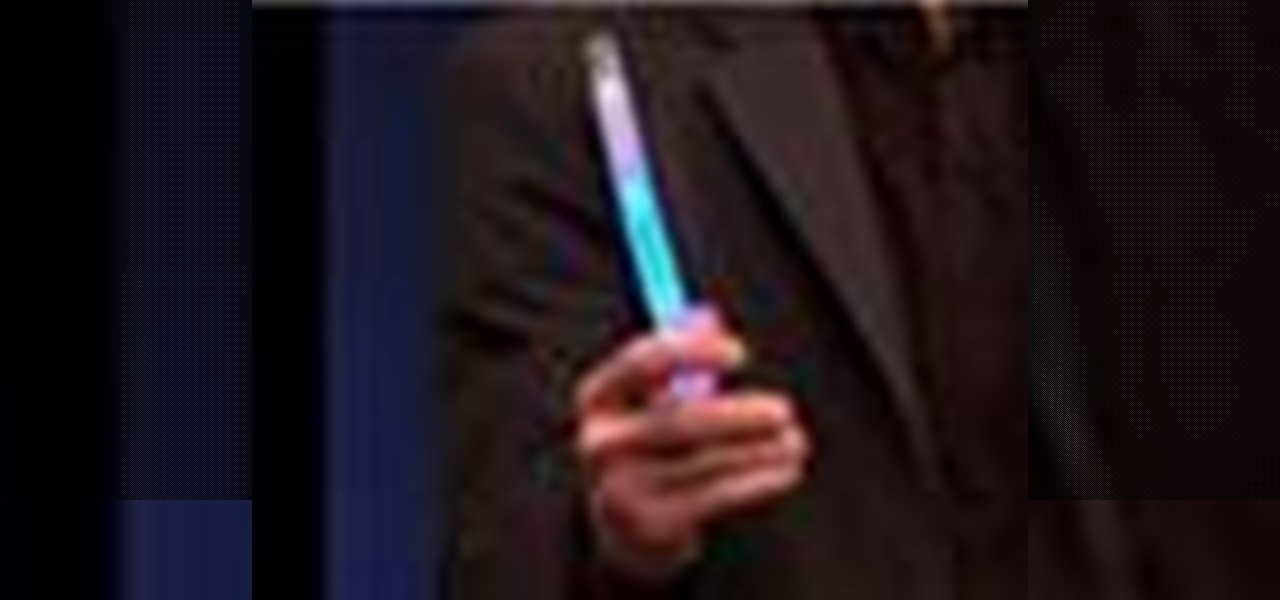
How To: Make Glow Sticks
Wired Science teaches you the science behind glow sticks by showing you how you can make your own with chemicals that you can obtain.
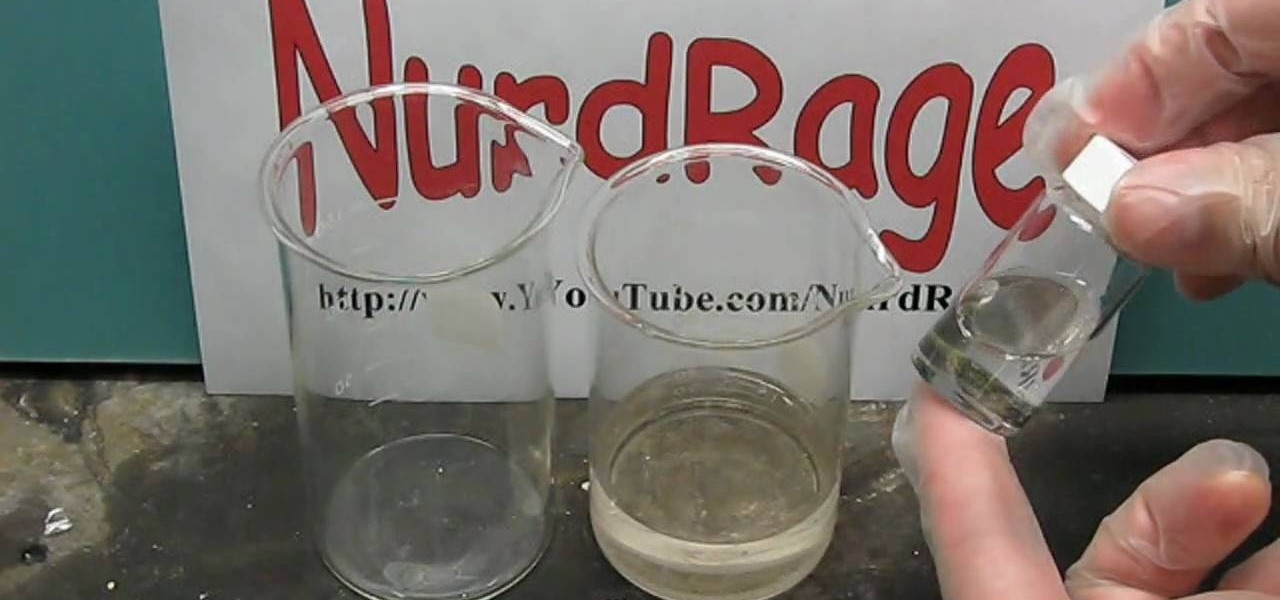
How To: Make europium and dysprosium nitrate salts
This is chemistry at its best! Europium is the chemical element (Eu) which was named after Europe. Dysprosium (Dy) is a rare earth element of a metallic silver luster. Watch this science video tutorial from Nurd Rage on how to make europium and dysprosium nitrate salts with Dr. Lithium.
How To: Shutdown a Computer Instantly..
In this clip, you'll learn how to Shutdown a Computer System in a second,just in 3 steps.. Step 1: Create a New Shortcut
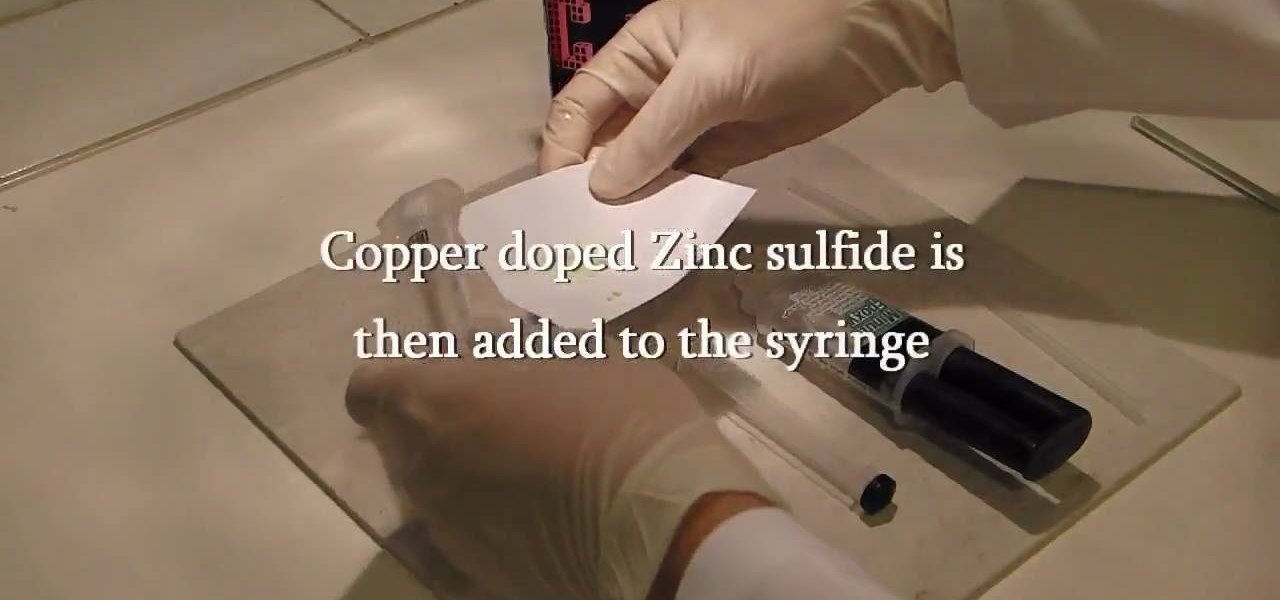
How To: Make a permanent, reusable glow stick
Make a reusable glow stick, glow-in-the-dark-style! Imagine, you'll never have to buy one of those ChemLite's again, because you can reuse this homemade glow stick over and over again. This video tutorial will show you how to make a permanent, reusable glow stick. The materials in this experiment are simple: epoxy resin, straw, and some phosphor powder.
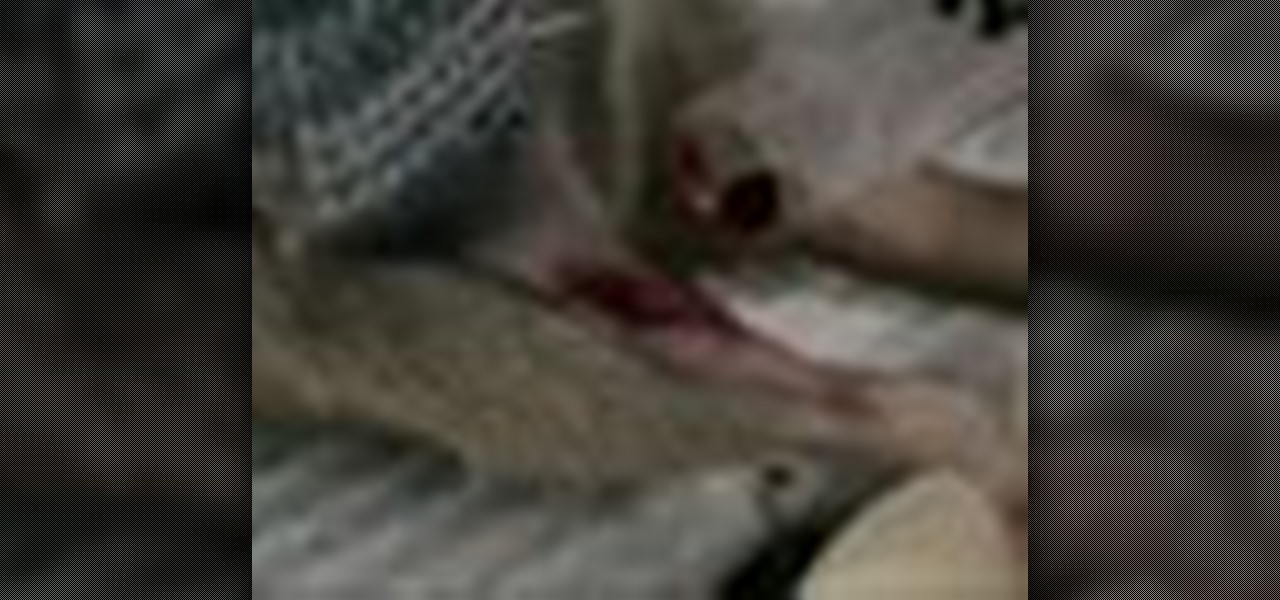
How To: Draw blood from rats with two techniques
This video tutorial will show you the process of drawing blood from rats through the saphenous vein and by cardiac puncture.

How To: Boil Water Using Ice
Ice in placed on a sealed FLASK and the water inside starts to boil. Great science fair experiment.
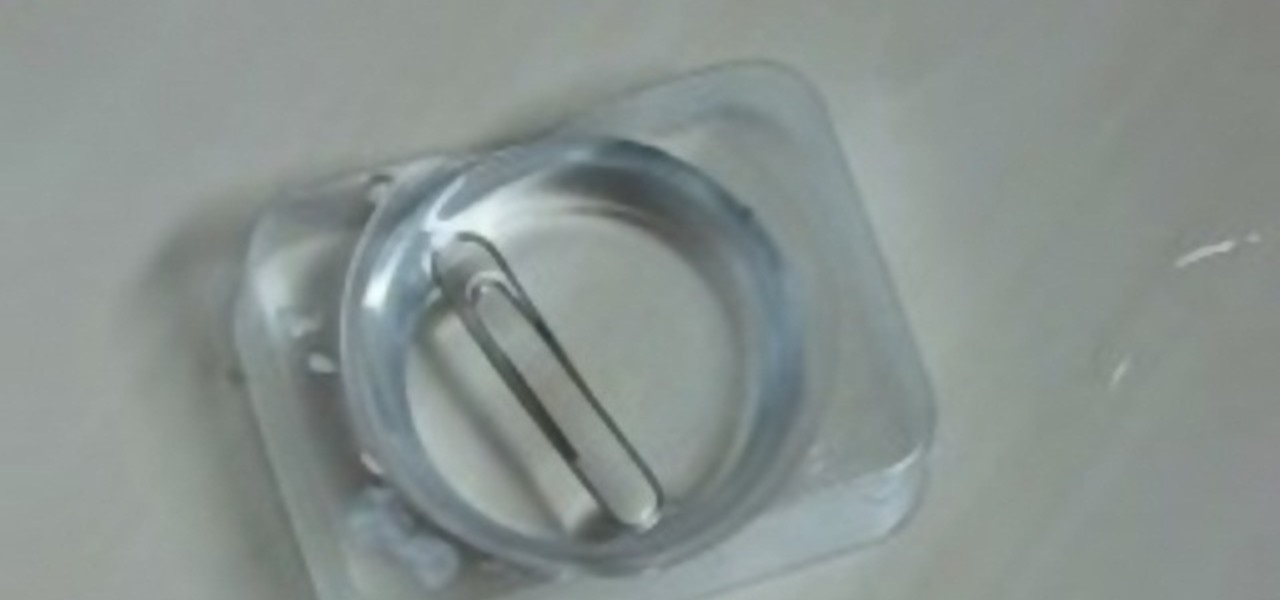
How To: Make a quick and easy compass
This is an easy & simple way to make your home made compass using stuff that can be found in every home. You will need a magnet, a paper clip, a glass of water and a piece of paper. Check out this instructional science video to learn a a quick and easy method of making your own compass. This is a great science experiment to perform with the kids. Make your own compass by following the simple instructions in this science tutorial video.

How To: Perform the Jacob's Ladder experiment
Learn how to perform this Valentine's Day-themed experiment, a variation on the basic Jacob's Ladder experiment. Fire is involved, so be safe.
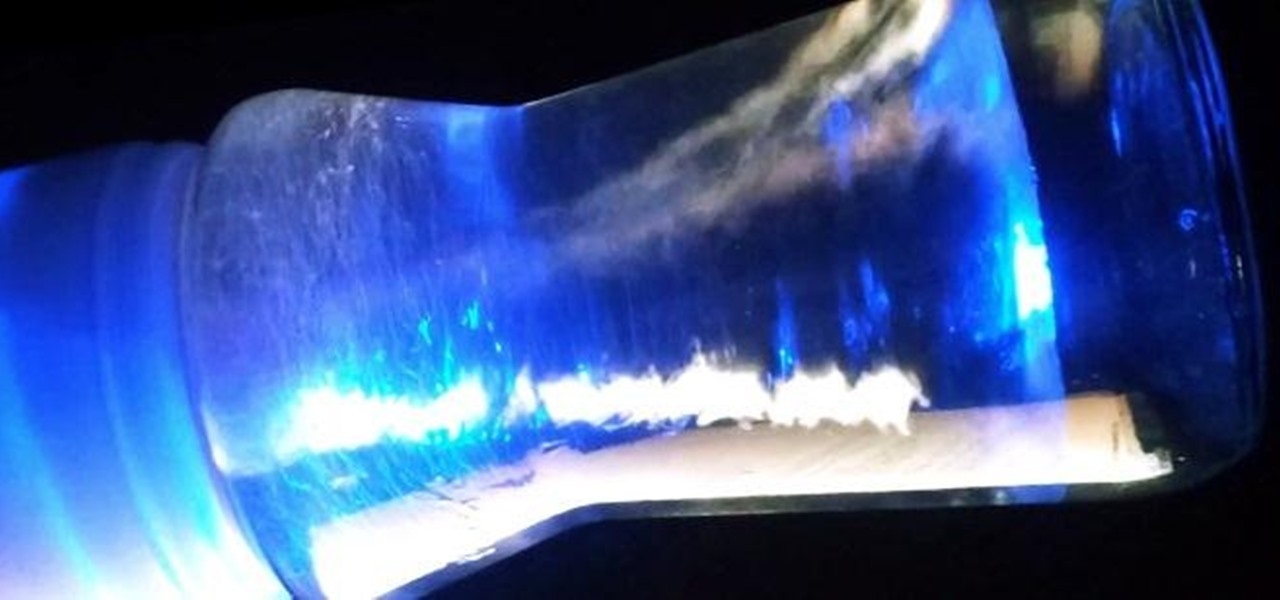
How To: Turn a Glass Bottle into an Electric Tornado Machine
We've all seen the classic tornado-in-a-bottle science experiment, which uses 2 two-liter bottles to create a whirlpool effect. This version requires you to get the tornado started yourself by spinning the bottles, but what if you want to make it fully automated?
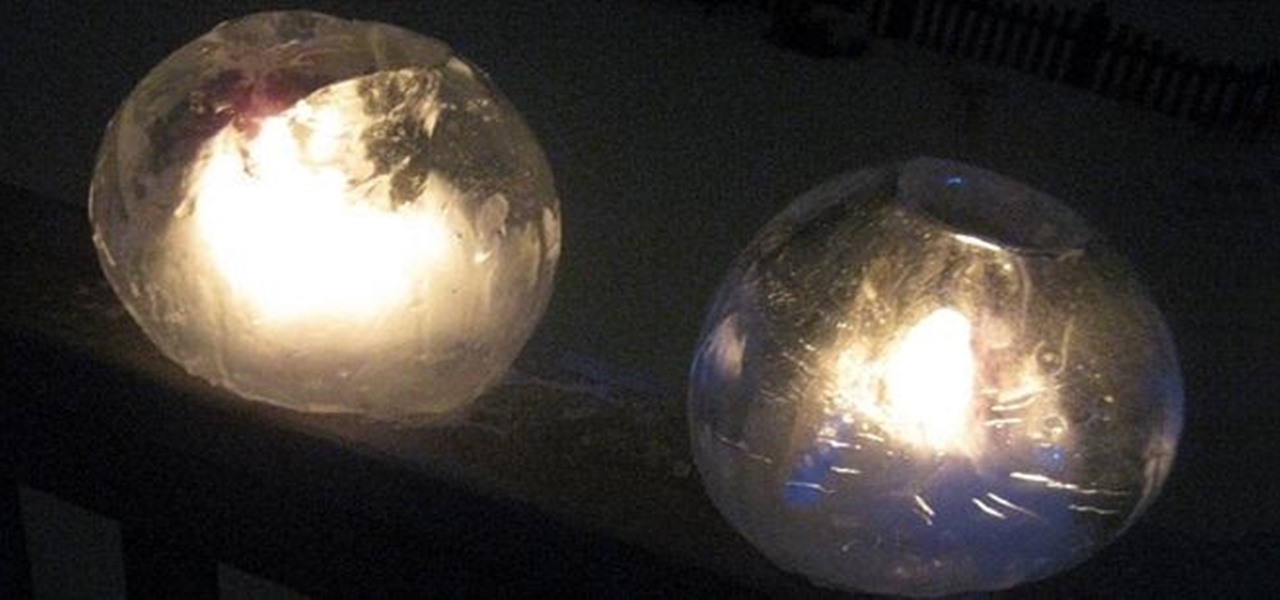
How To: Make a Globe-Shaped Candle Lantern from Ice
If you've ever lived in an area that gets ridiculously cold during the winter, you know that it's not so much like this... But usually a little more like this. So...cold...
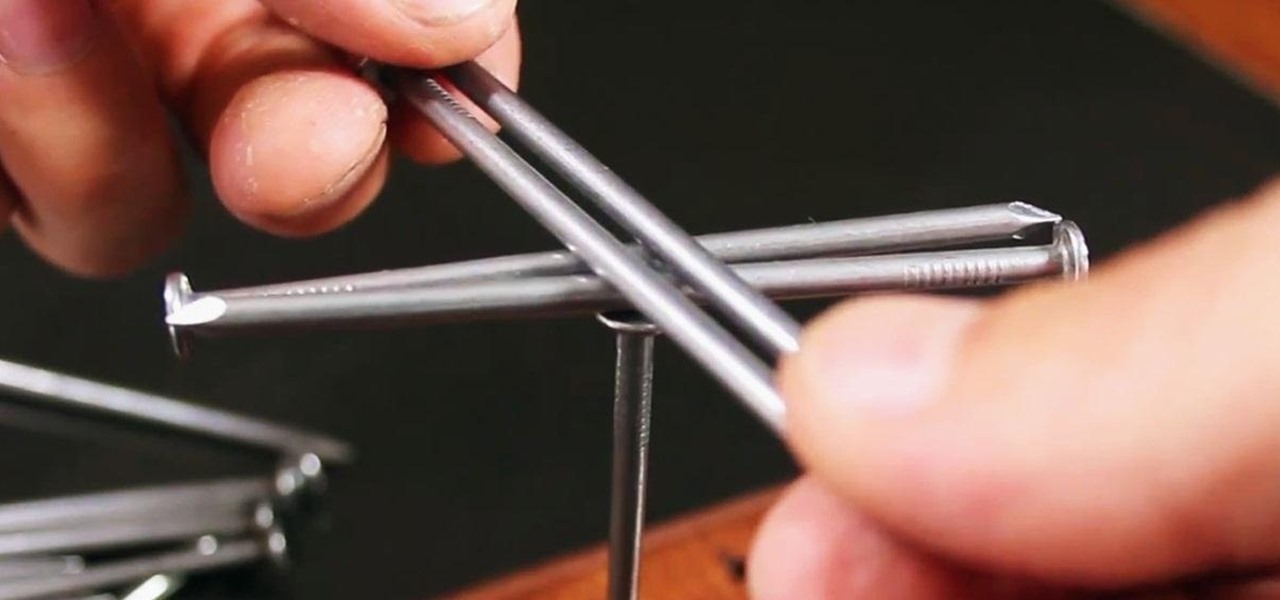
How To: How Do You Balance 14 Nails on a Single Nailhead? Find Out with This DIY Gravity Puzzle
This little brain game is all about engineering a lower center of gravity. The idea has been around forever, but most people still don't know how to do it. Trying to stack nails above the balance point will raise the CG and make the structure unstable. Here's how you can lower the CG to make a very stable structure and impress your friends.
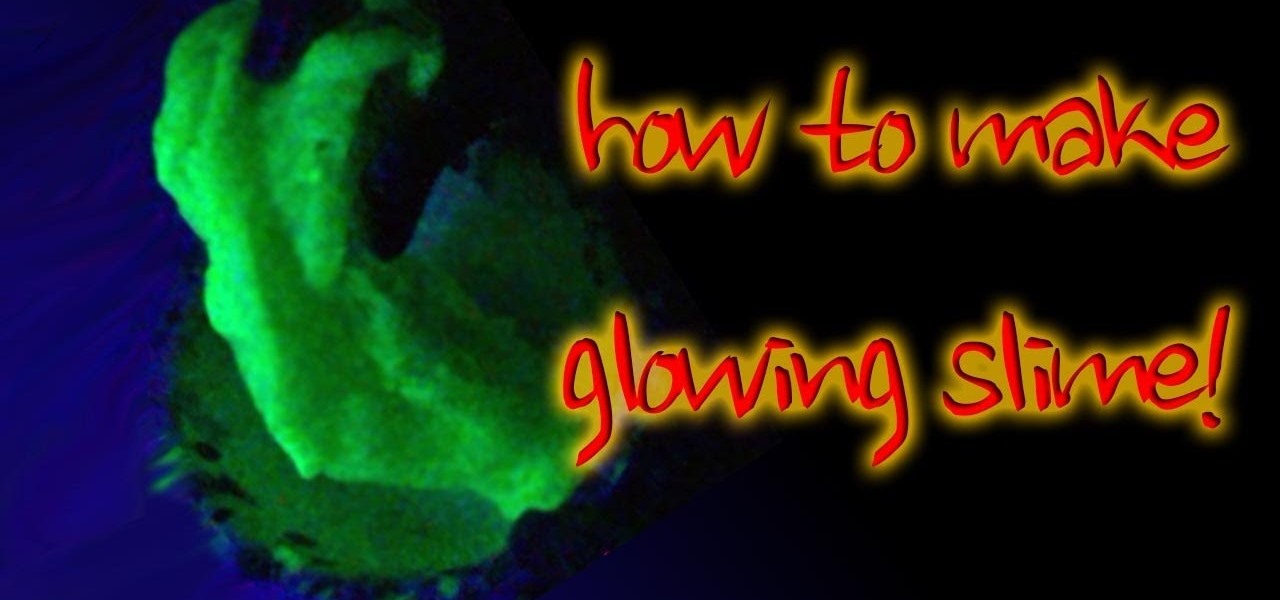
How To: Make Glowing Slime
Learn how to make your own slime with ingredients you can find around the house. It can even glow under a blacklight!
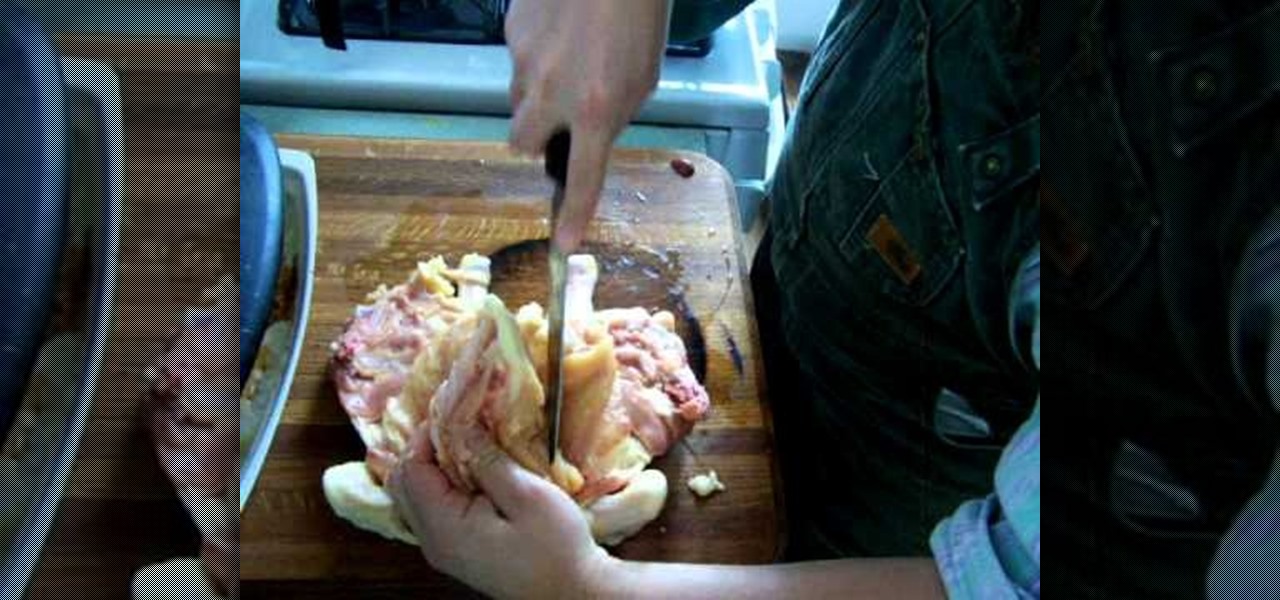
How To: Debone a Chicken in 5 Minutes.
Deboning a chicken can be intimidating if you don't know how to start. In this video, I'll show you how to debone a chicken in 5 minutes.
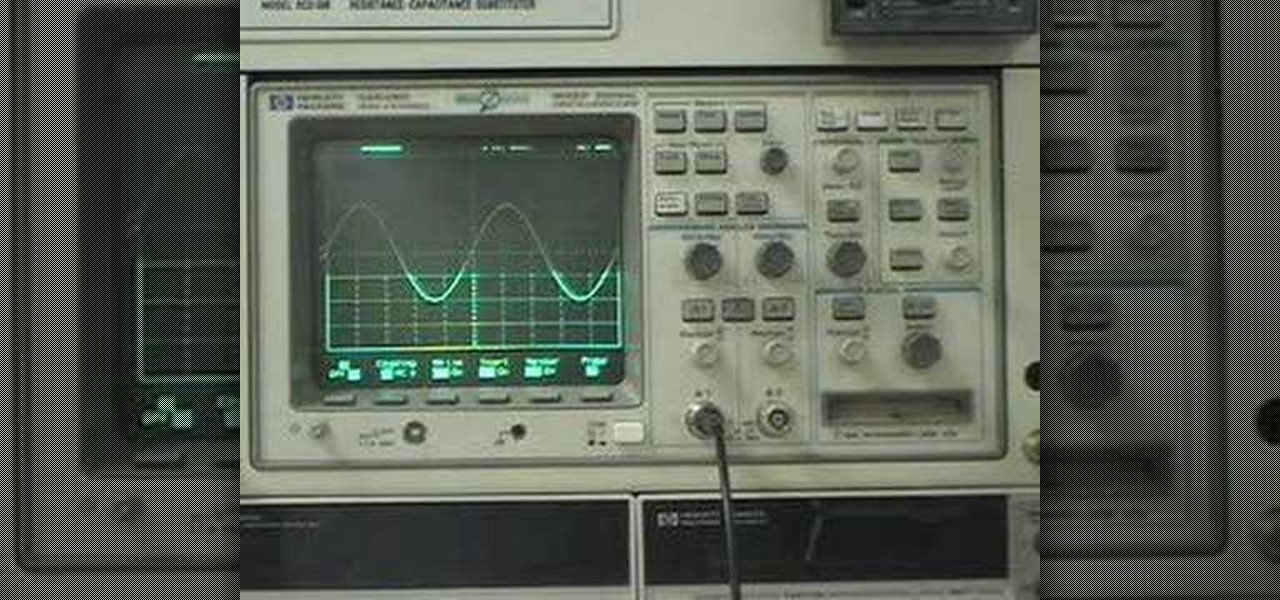
How To: Use an oscilloscope properly
Here is a technical tutorial from a technical communication class. An oscilloscope is for viewing oscillations, like electrical voltage and current, with cathode-ray tube display. See all about it in this great introduction to the device. Simply, this video tutorial will show you how to use an oscilloscope.
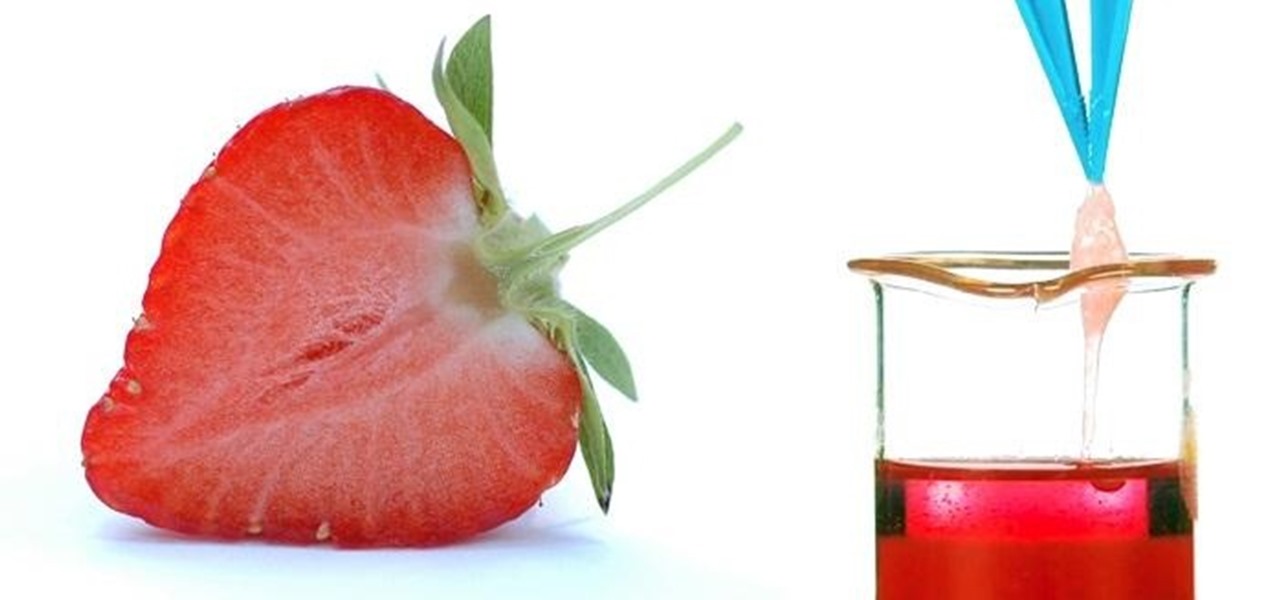
How To: Extract DNA from a Strawberry with Basic Kitchen Items
We all know that DNA is pretty amazing, but it's not something that most of us get much hands-on experience with. Even though it's in every living thing around us, we never see it, so we rarely think about it either.
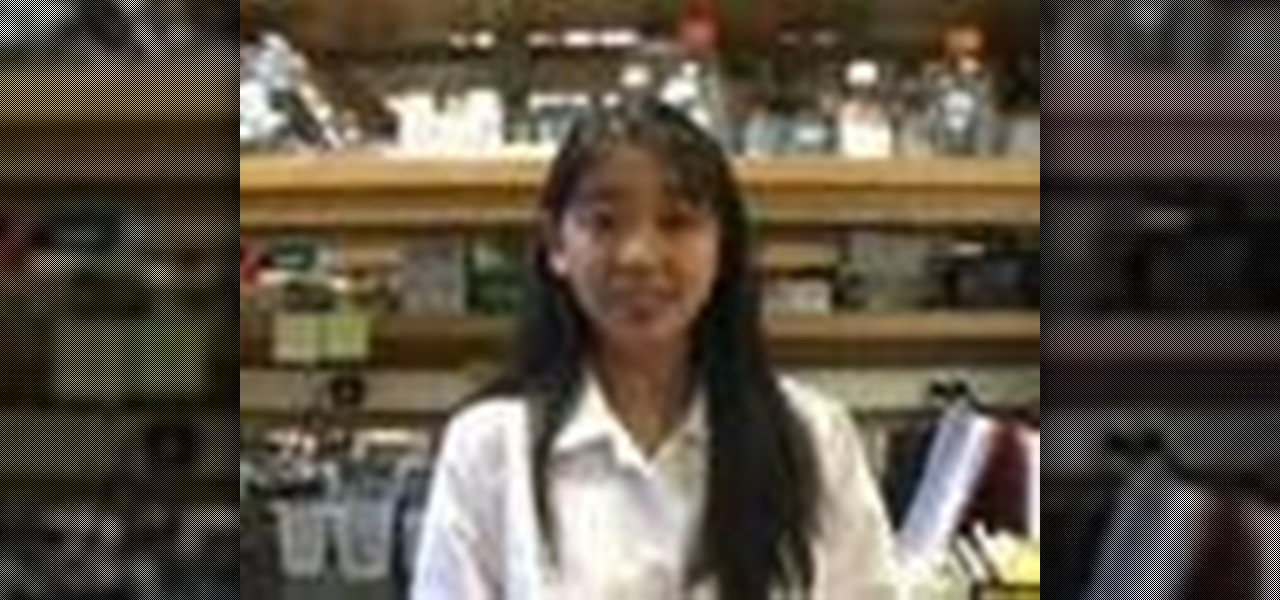
How To: Extract DNA from Strawberries at Home
Have you ever wondered what your DNA looks like? You have probably heard that DNA is a double helix, which is a pair of parallel helices intertwined about a common axis, but how do we know that? How can people look at DNA?

News: Surviving the Zombie Apocalypse: Neuroscience Reveals the Secrets for Living with the Undead
A couple months ago, the world was supposed to end. It didn't. But that didn't stop the Centers for Disease Control and Prevention (CDC) from warning citizens of one global possibility besides complete destruction—ZOMBIES. They used the farcical flesh-eating living dead as an excuse to teach you about the necessity of real-life emergency planning.

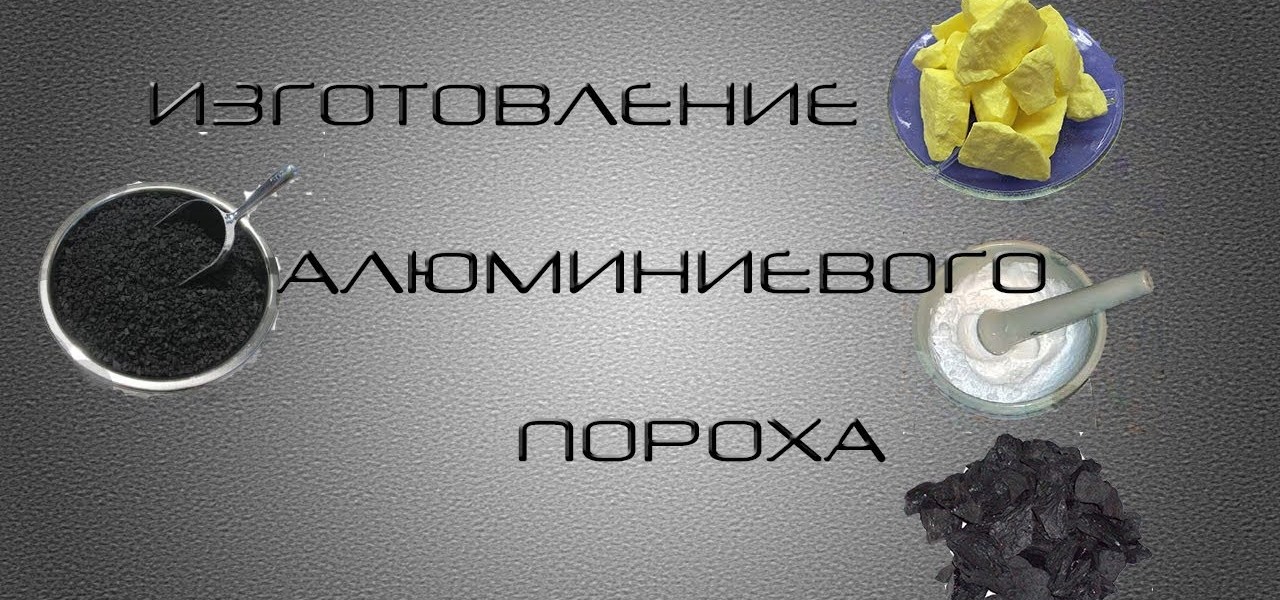
News: How to Make Aluminium Powder
Video: .
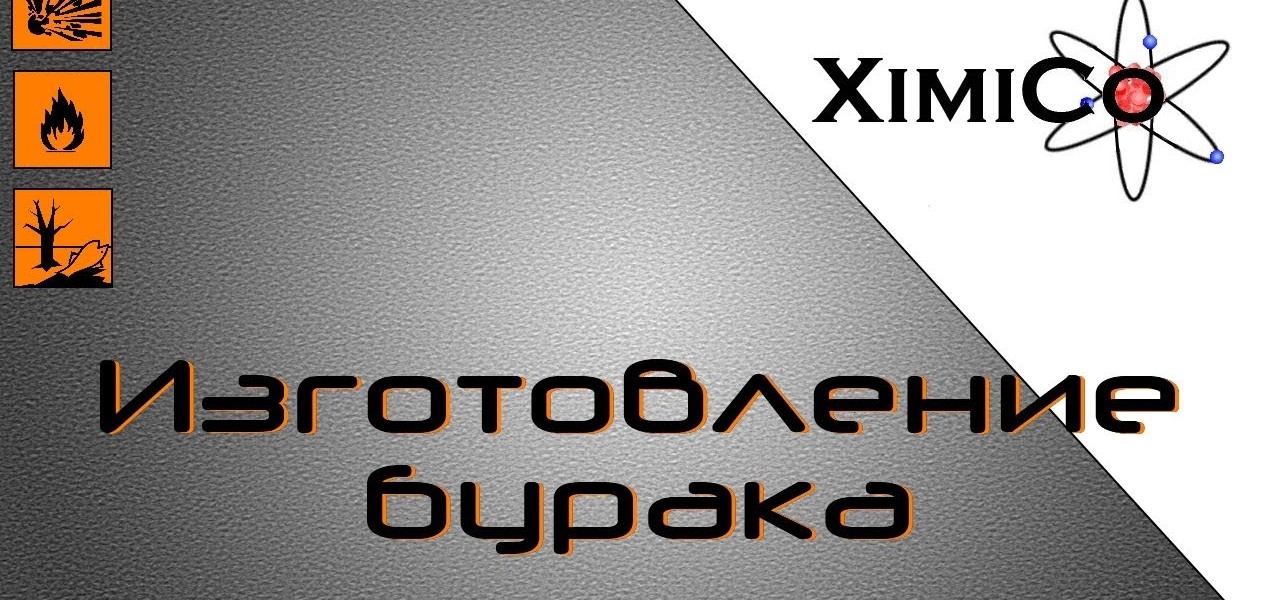
News: How to Make Easy Star Mine
Video: .
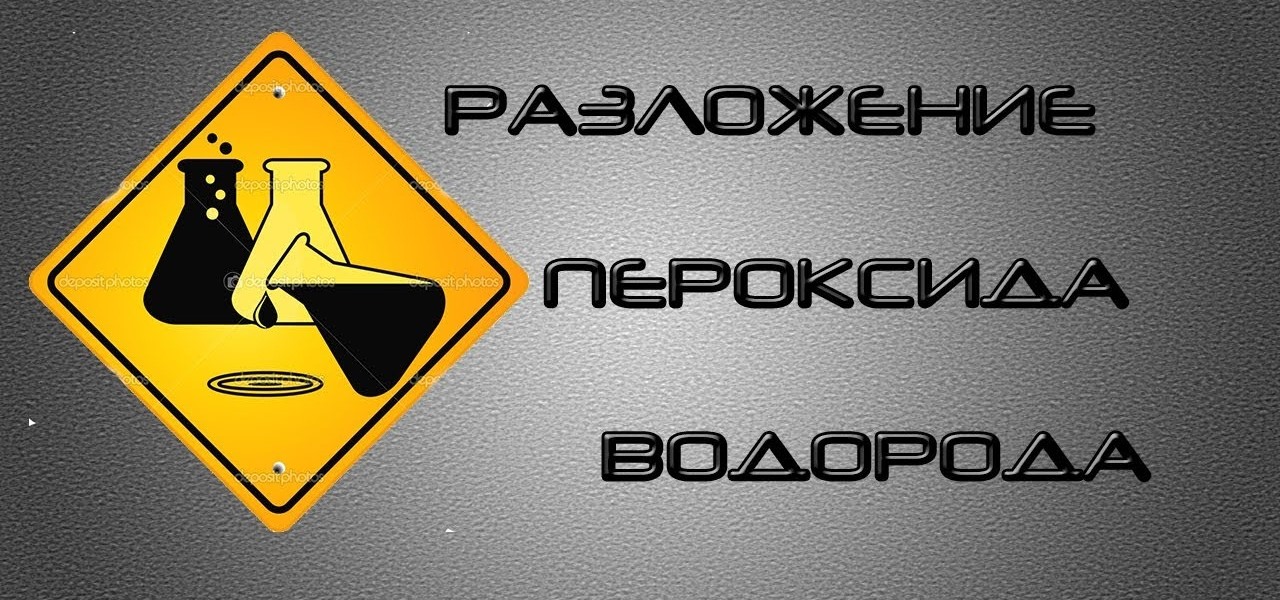
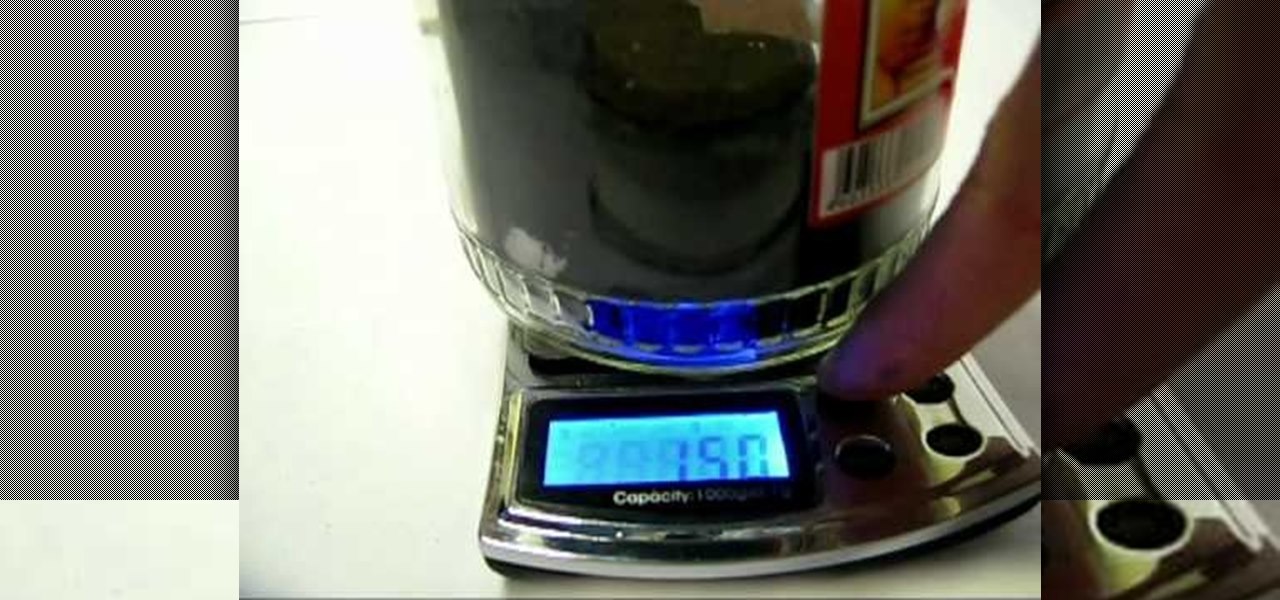
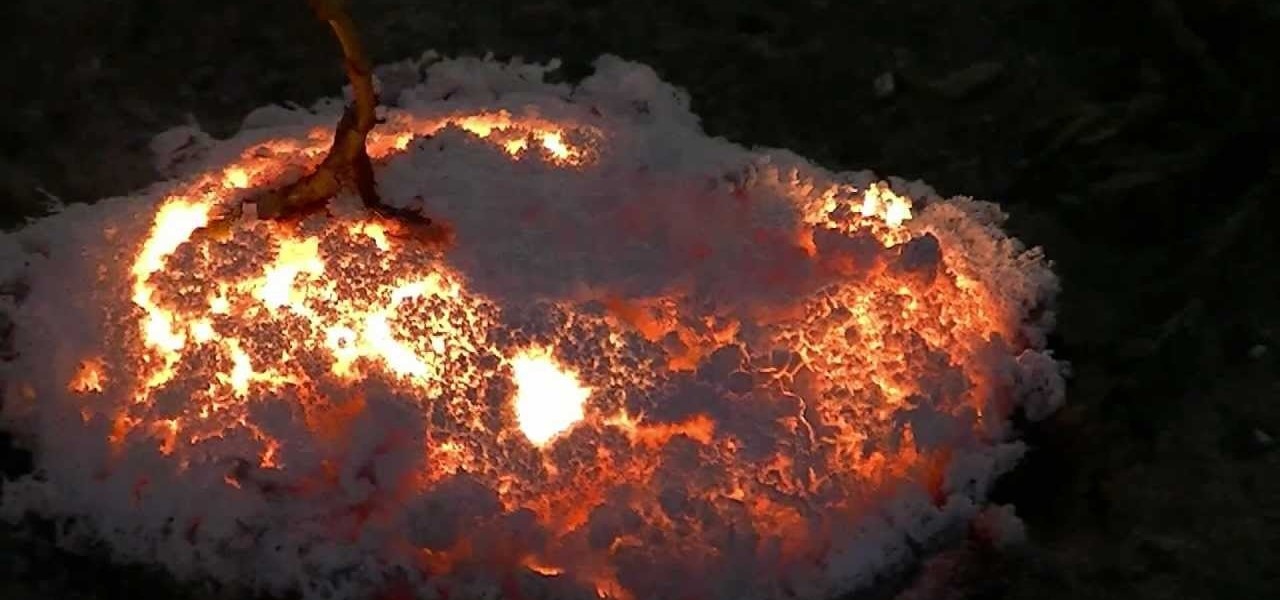
News: The Burning of Magnesium (HD)
Video: .
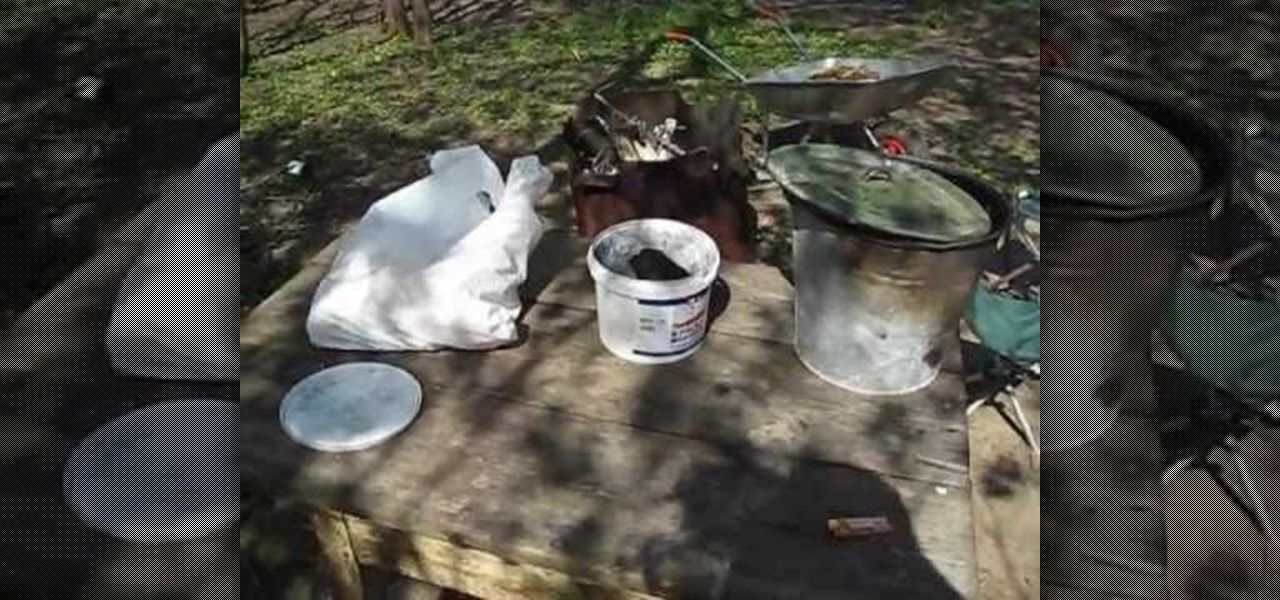
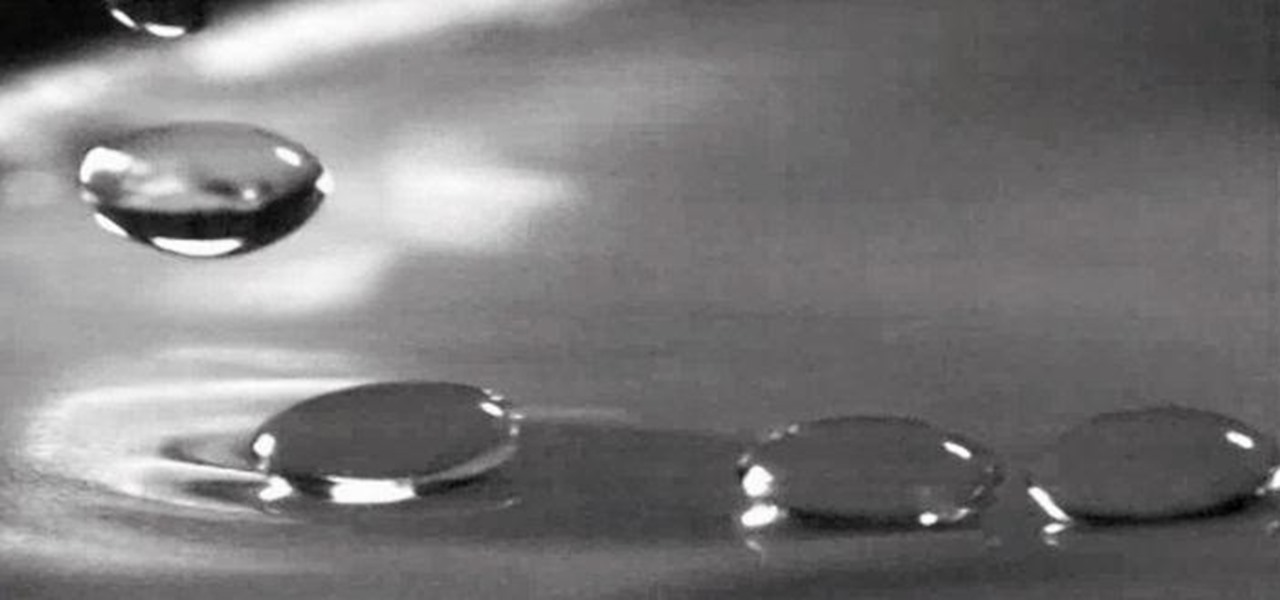
How To: Make Water Droplets "Levitate" on Water (Using Vibrations)
You can take some really awesome photos of water droplets if you've got a fast enough camera (and flash), but water drops aren't just spectacular as photographic subjects—you can also make them a part of the photographic process by using a water drop as a DIY projection microscope and even a macro lens for your iPhone. But as useful as a water drop can be, it's still way cooler when they're in front of the camera (as the subject). Recently, researchers from the National Autonomous University ...
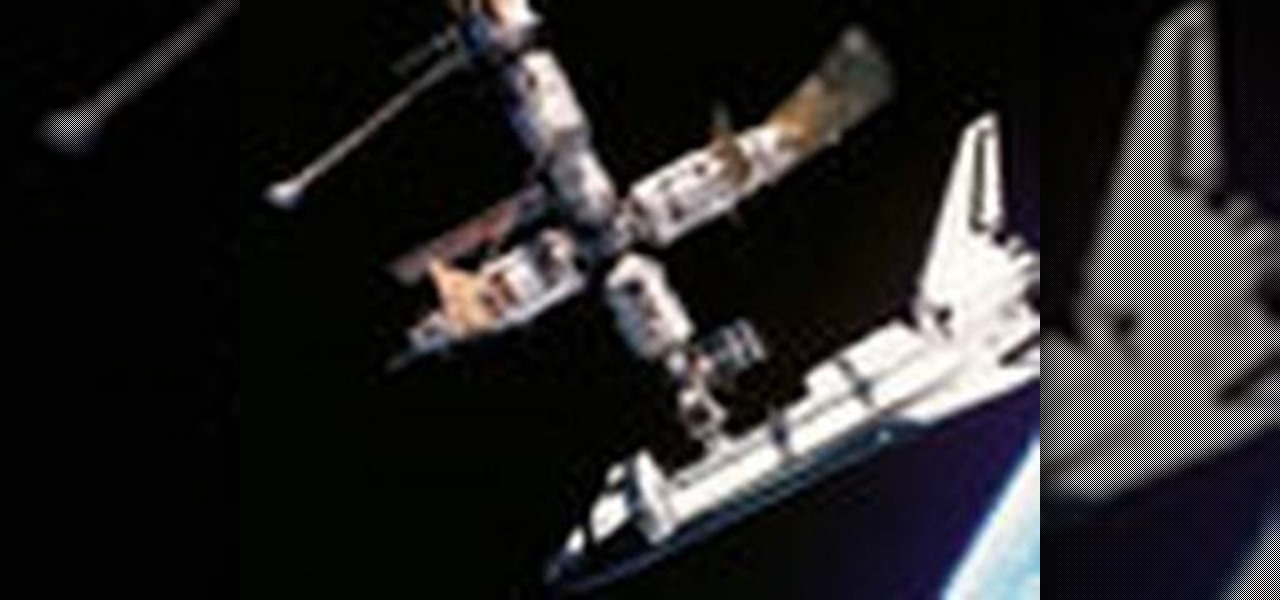
How To: Simulate your own space vacation
This how-to video is about how to simulate your own space vacation.
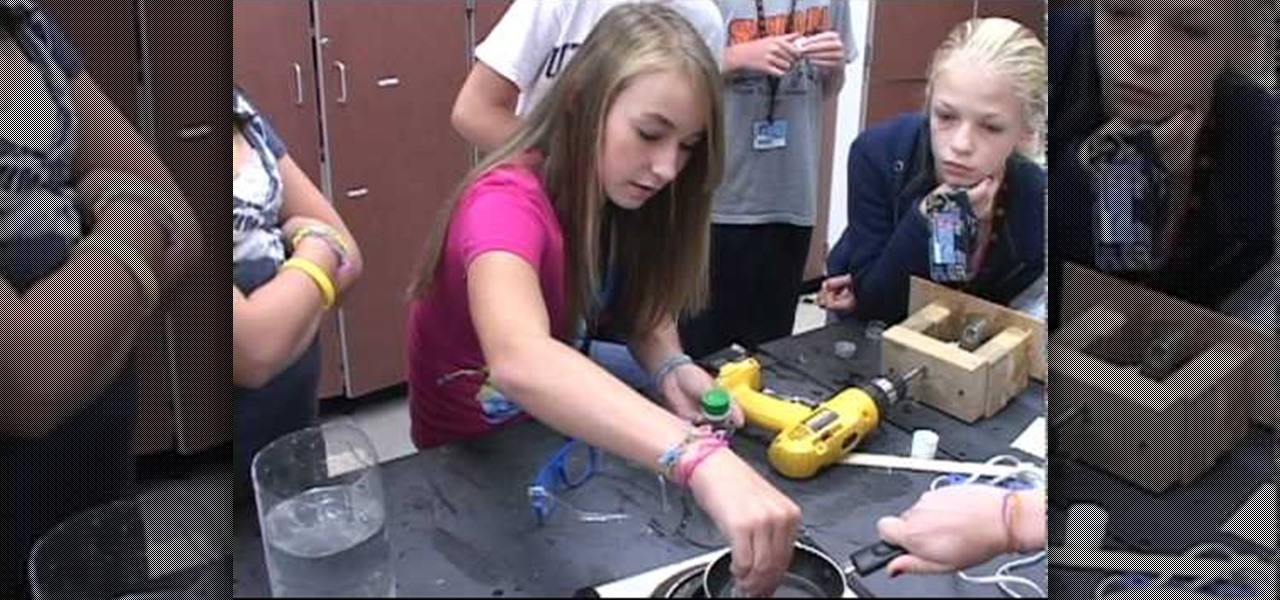
How To: Weld plastic bottle caps together to make your own water vortex
Forget a message in a bottle, how about your own water vortex!? This simple, step-by-step video shows you how to 'weld' two plastic bottle caps together so you have a tight, dry seal for your very own home water vortex. You'll need a heating element, a non-stick pan, some 2 liter plastic bottles and several extra plastic bottle caps. Now you can hold a vortex in your very own hand.
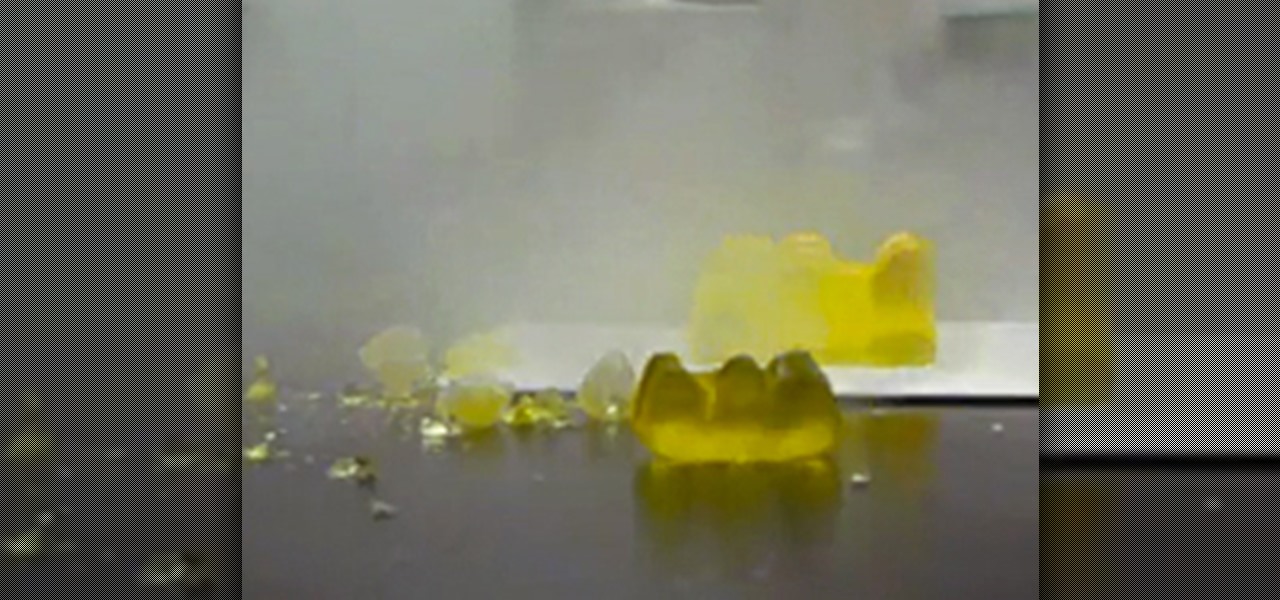
How To: Mutilate Candy Gummy Bears with Exploratory Science Experiments
Who could resist a gummy bear? Those rubbery little candy creatures shaped like a bear are just too cute and too delicious to pass up. If you can't get any enjoyment out of those gelatin-based confectioneries, then you're simple not human. Even scientists love them, but not for their seductively sweet properties...

How To: Make a test tube thunderstorm
Watch this science video tutorial from Nurd Rage on how to make a test tube thunderstorm. They show you how to make the thunderstorm in a test tube using alcohol, sulfuric acid and potassium permanganate.
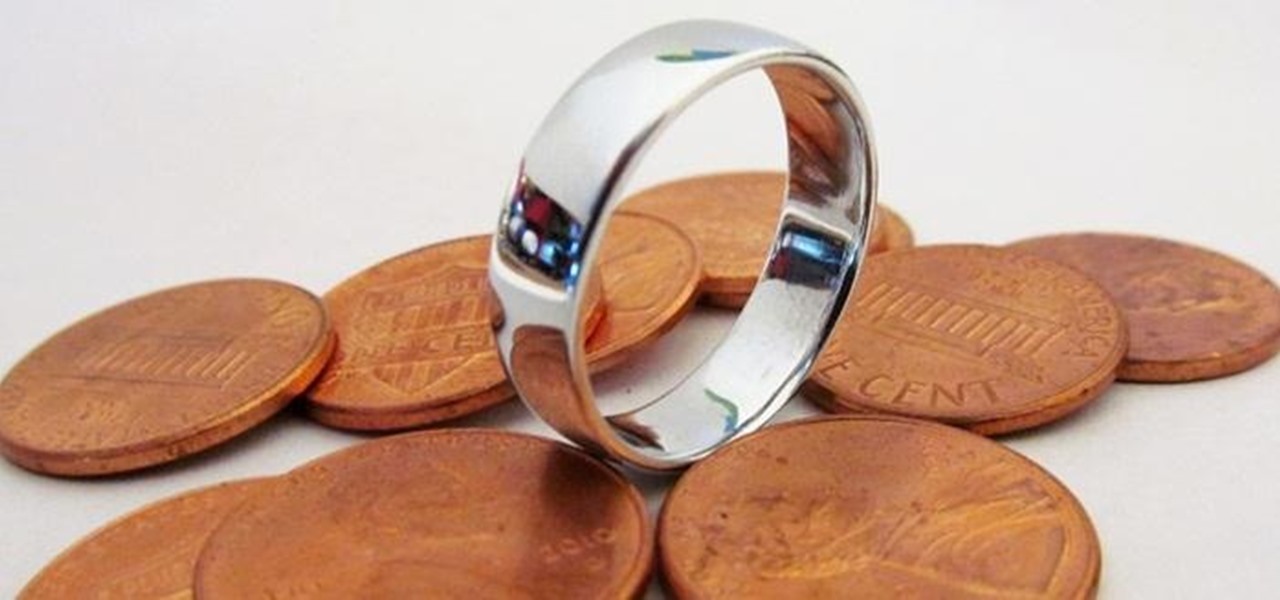
How To: Smelt Your Loose Change into Well-Fitting Penny Rings
Did you know that the average cost to make a penny is about 2.4 cents?!? That's why the Obama administration asked Congress earlier this year for permission to change the metals in the penny, hoping to get the cost back down where it makes sense.

How To: Launch a Cork Rocket with an Ultraviolet LED Flashlight
Science is most marvelous when it's creating an explosion, even at the tiniest of proportions. In the video below, Daniel Rosenberg from Harvard's Natural Science Lecture Demonstration Services reveals the secret to shooting a cork rocket over twenty meters using a little chemistry and an ultraviolet LED light. Rosenberg, who's a research assistant and lecturer for the Natural Science division at Harvard, demonstrates what happens when hydrogen and chlorine are explosively "burned" together t...
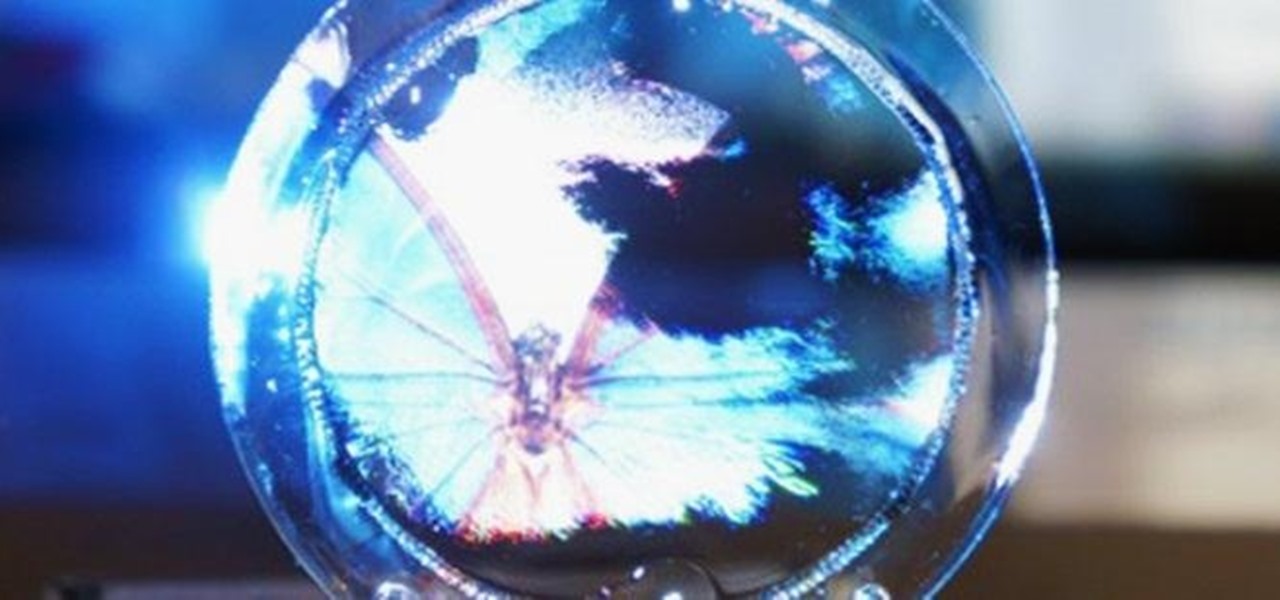
News: Colloidal Display Turns Soapy Bubbles into a Transparent 3D Projection Screen
We've all played with bubbles as kids, but I think most would agree that they're not exactly the most functional of objects. An international team of researchers made up of Yoichi Ochiai, Alexis Oyama and Keisuke Toyoshima wants to change that. They've figured out how to project both 2D and 3D images onto a micro membrane (soap bubble) using ultrasonic sound waves and a standard projector. The bubble is made of a solution of sugar, glycerin, soap, surfactant, water and milk. The glycerin and ...







